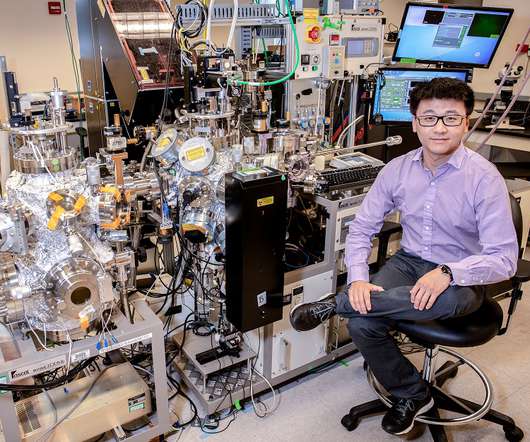High-quality muon beam holds promise for future collider
Physics World
JULY 15, 2025
Thanks to this extra mass, muons radiate less energy than electrons as they travel in circles – meaning that a muon accelerator could, in principle, produce more energetic collisions than a conventional electron machine for a given energy input. Muons are sub-atomic particles similar to electrons, but around 200 times heavier.










Let's personalize your content